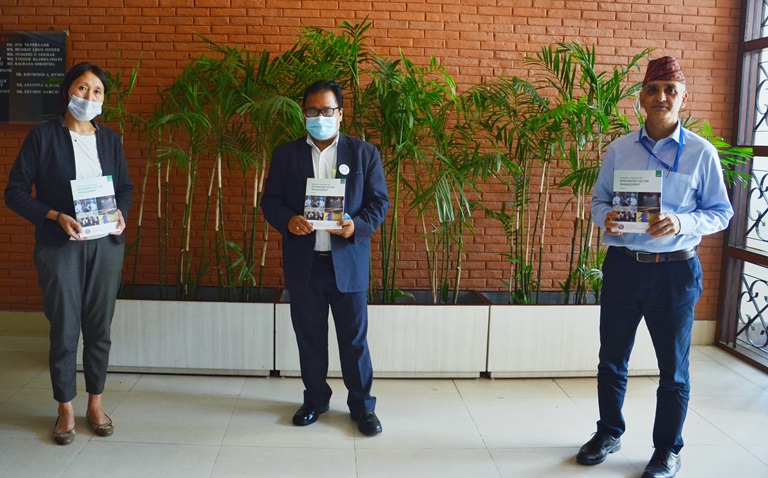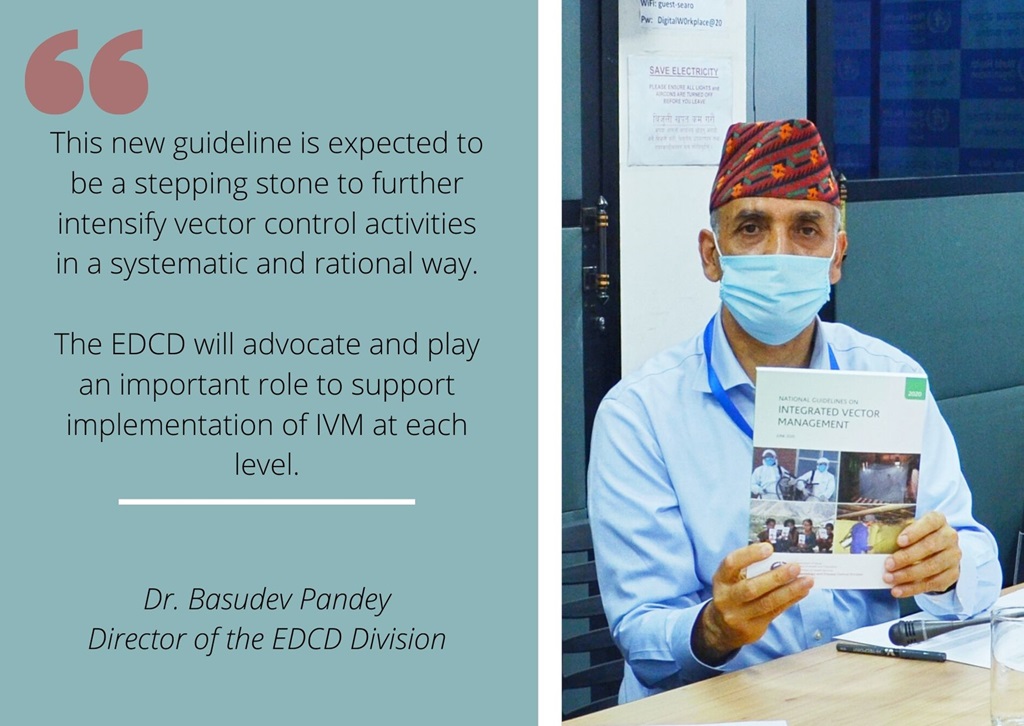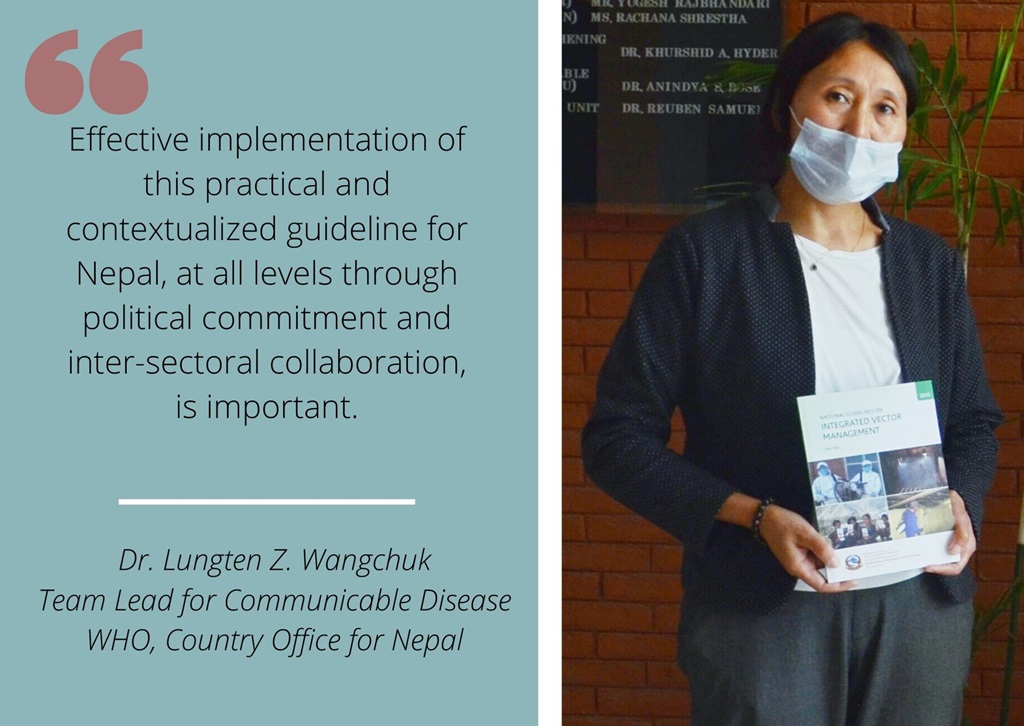Vectors are agents such as mosquito, sand-fly, and other insects which carries pathogens of different disease such as malaria, kala-azar, scrub typhus, and chikungunya to name a few. Vector control interventions are selected based on local knowledge about the vectors, diseases, and local conditions that cause the disease. Integrated Vector Management (IVM) in its simplest form is the rational decision-making process of optimizing the use of resources for vector control. While the IVM approach seeks to improve the efficacy, cost-effectiveness, ecological soundness, and sustainability of vector control, its uptake has been poor. The main reasons for this are insufficient political buy-in and advocacy, limited human capacity to plan and support a harmonized approach to vector control across diseases.
The Global Vector Control Response (GVCR) is a new advocacy strategy to strengthen vector control response worldwide that the World Health Organization (WHO) adopted in 2017. This strategy aims to reposition vector control as a key approach to prevent and eliminate vector-borne diseases. It builds on the basic concept of integrated vector management with renewed focus on improved human capacity at national and subnational levels.
The key interventions for disease control in Nepal have been the use of insecticides, insecticidal treated nets (ITNs) and environment management of vector breeding sites. During and after the malaria eradication era, the indoor spraying of insecticides led to significant reduction in malaria cases and other vector borne diseases. However, deforestations, rapid urbanization, and population movement have reduced these gains and have led to the emergence and expansion of vector borne diseases in newer areas.
Pictured: Dr. Lungten Z. Wangchuk, Team Lead for Communicable Disease, at the WHO, Country Office for Nepal; Dr. Dipendra Raman Singh, Director-General of Department of Health Services; and Dr Basudev Pandey, Director of the EDCD, with the new IVM guidelines.

“This new guideline is expected to be a stepping stone for intensifying vector control activities in a systematic and rational way. A strong political commitment to enable an integrated approach to vector control at national and sub-national levels, including within local governments and municipalities is an imperative. The EDCD will advocate and play an important role to support implementation of IVM at each level”, states Dr Basudev Pandey, Director of the EDCD.
Dr Lungten Z. Wangchuk, Team Lead for Communicable Disease, at the WHO, Country Office for Nepal, appreciated the collaboration between the EDCD and the WHO in coming up with this important practical and contextualized IVM guidelines for Nepal and re-iterated the importance of effective implementation of this guideline at all levels through political commitment and inter-sectoral collaboration.
* *
You can view and download the guidelines here.
